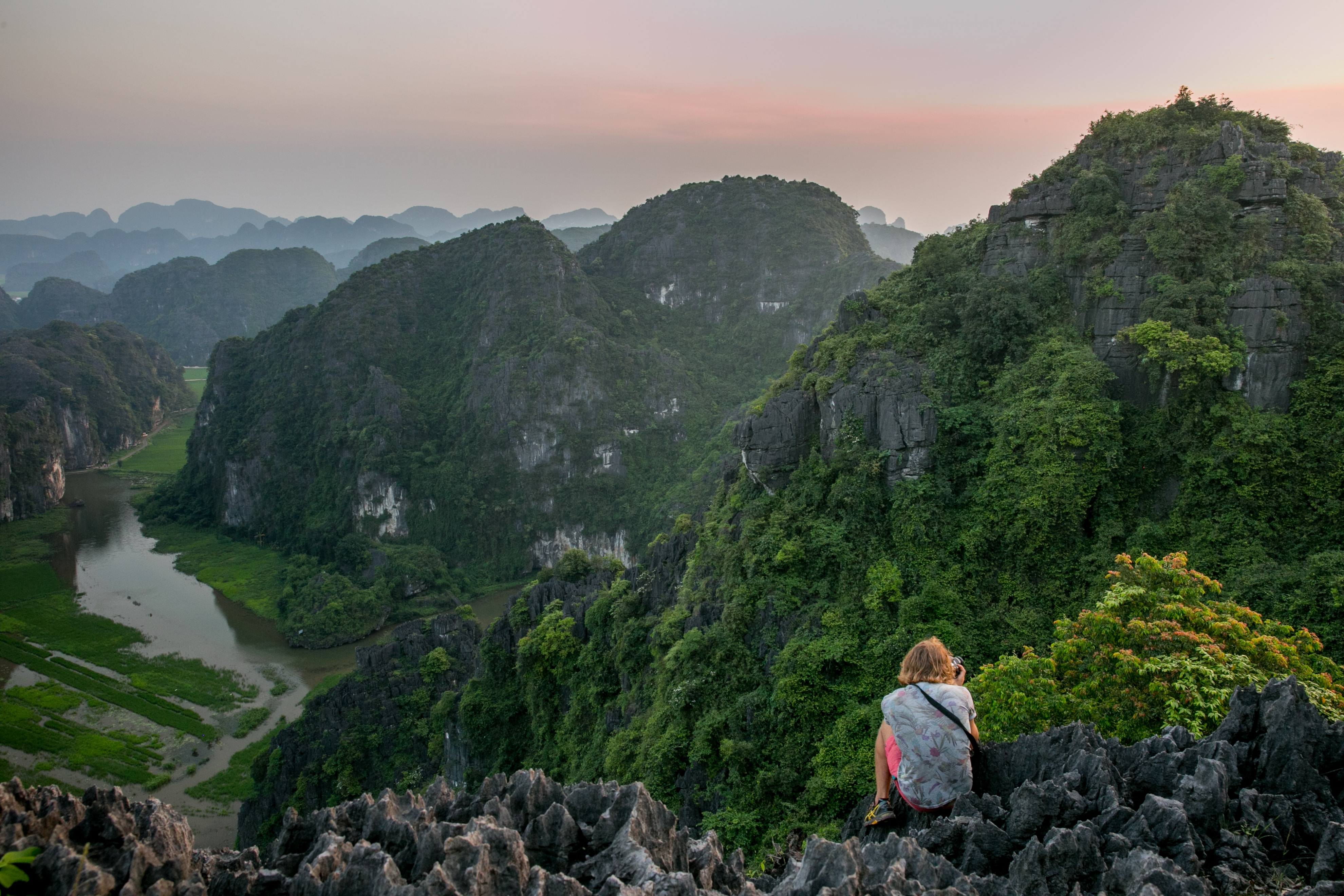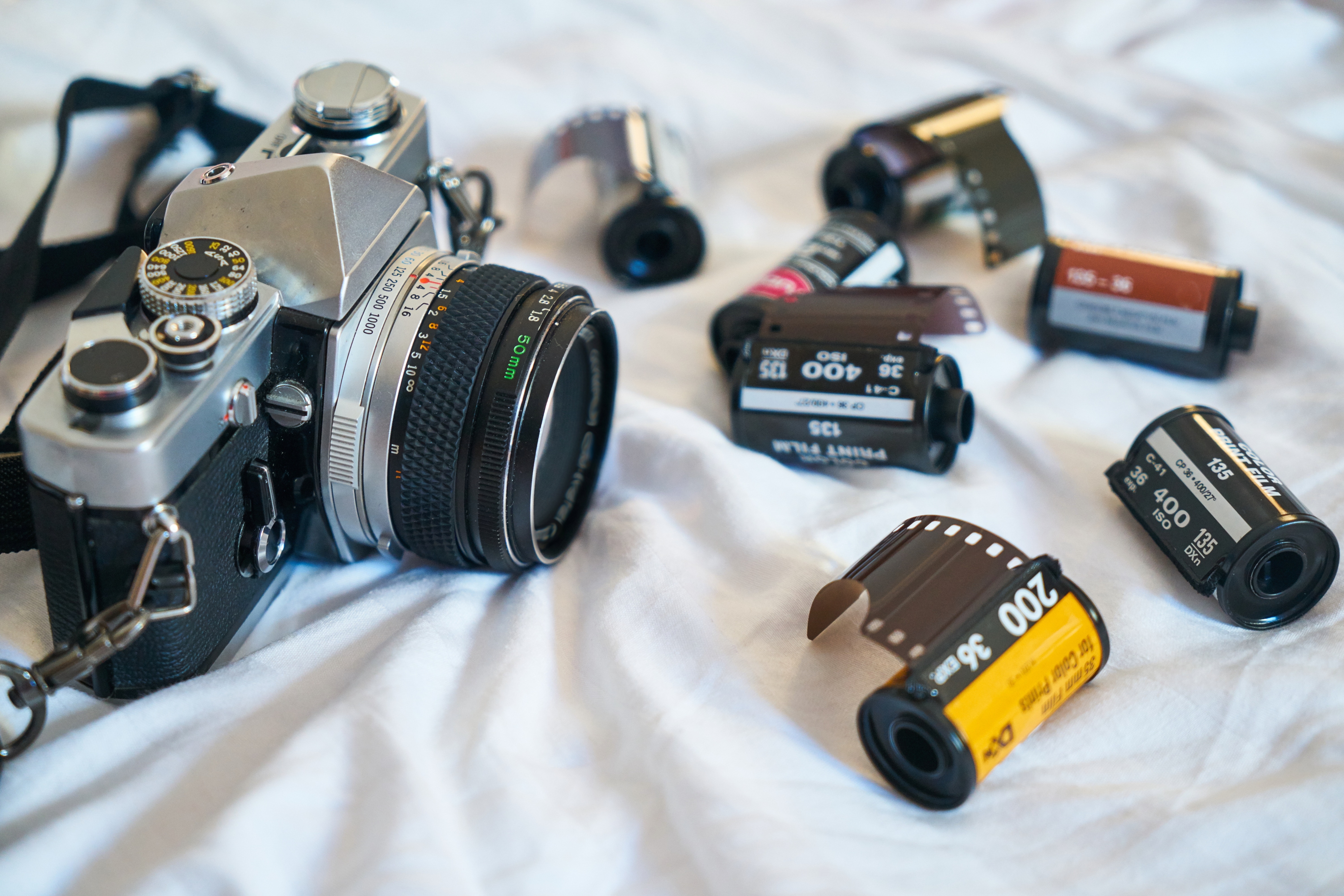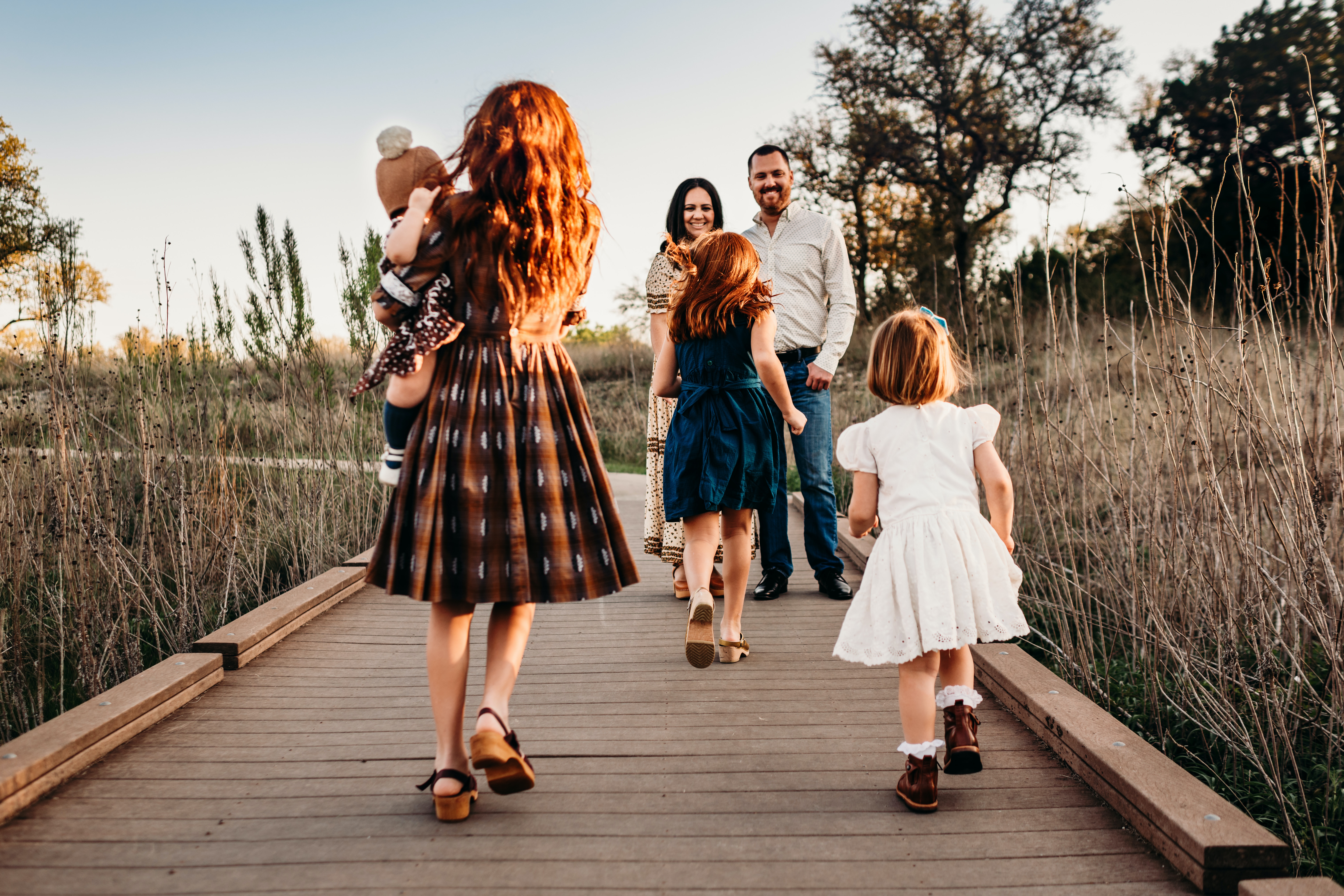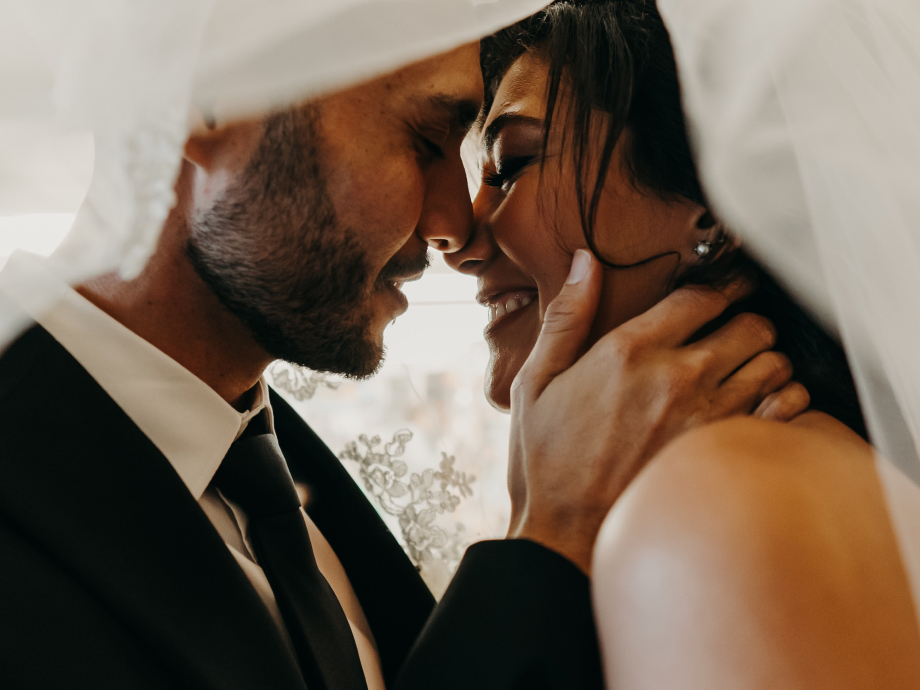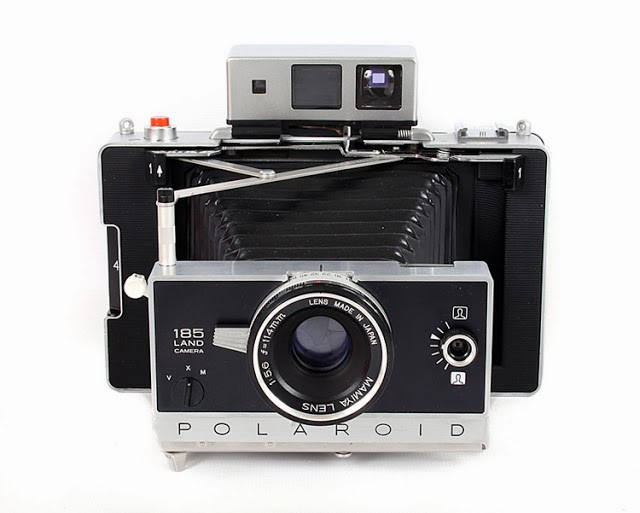
Whether you’re an amateur, professional, or anything in between, camera collecting is something anyone with a love of cameras can enjoy. Collecting can be expensive, cheap, fun or educational, but the best part is it can be anything you want it to be. With a little research, you can be well on your way to a rewarding hobby of camera collecting. We’ve compiled a few basic tips to help you plan your camera collecting strategy.
As a general guideline, collectibles are considered vintage items when they are 25 to 99 years old. A collectible that is 100+ years old is considered an antique. Newer items may be considered collectibles, but they won’t be categorized as vintage or antique. When it comes to cameras, anything from the 1970s and older is a good time period to aim for in regards to collecting. Another way to look at it is the time period before the advent of digital technology, but of course the most important thing is to collect what you like.
Why Collect
One of the first things to think about is why you want to collect cameras. Do you want to trace the history of photography by acquiring certain cameras? Do you have an affinity for the quality and craftsmanship of vintage equipment? Do you want to use the camera gear you collect, or do you simply enjoy the aesthetic appeal of the object as a display piece? Once you determine why you want to collect cameras, it will be much easier to decide what pieces to collect. Antique and vintage cameras are valued for many reasons, so it’s helpful to have a goal in mind when acquiring pieces for your collection.
What to Collect
The great thing about collecting cameras is you can be as broad or as specialized as you want to be. If you’re just starting off, it’s a good idea to focus on a specific goal. It can be very overwhelming with many different cameras to choose from. Once you’ve thought about why you want to collect, you can prioritize what to collect. Some collectors find it helpful to choose a favorite “type” of camera to collect. Different “types” of cameras include rangefinders, SLRs, TLRS, novelty or toy cameras, view cameras, box cameras and so forth. If your goal is learn about the history of photography, you may want to collect different “types” to learn how they work.
 |
| Vintage Polaroid 185 Land Camera |
You can also specialize your collection by acquiring pieces by a certain brand. If you love Leica, you may consider collecting only Leica items. If you have a favorite film format, you may decide to collect cameras that use that specific format. Perhaps you have a very specific camera in mind and only want to collect accessories for that camera. You may even consider a favorite time period, material or specialized niche like subminiature cameras or instant film cameras. If you’re just looking for a handsome display for a shelf, pick out cameras that are visually appealing to you. There’s no right or wrong way to collect, the key thing is to collect what you like.
How to Collect
If you don’t have a specific goal in mind, that’s okay too! If nothing else, the two key things to keep in mind are to buy what you like and buy what you can afford. If it’s your first time collecting a vintage camera, set a small goal on how much money you are willing to spend. Setting a price limit of $5-10 for your first camera is a safe way to get started with collecting. The value of an old camera is based on many factors such as rarity and condition. Just because a camera is old doesn’t mean it’s valuable. If a camera was mass produced, chances are there will be many available for sale. However, just because a camera isn’t valuable in a monetary sense, doesn’t mean that it’s not a worthy piece to collect. You will stand a much better chance of acquiring a camera that’s more affordable and in better condition if there are more available for sale. There are many popular, fun-to-use and well-built vintage cameras that aren’t rare, but are easy to acquire at a good price.
 |
| Vintage Kodak Petite Folding Camera |
Another important thing to remember is to do your research. The key to a good collection is research, so it never hurts to do your homework. Be sure to check the current market prices for cameras so you will know how much to reasonably pay for an item. Don’t be afraid to ask questions, and never spend more than you are comfortable with. Just because a seller is asking for a certain price doesn’t necessarily mean it’s a fair price. The more you study prices, the better you will be at spotting inflated prices vs. a fair price. Also, the more you learn about cameras, the better you will be at identifying pieces of equipment. One of the great things about camera collecting is the knowledge you will gain from your research.
Once you have an idea about why and what you are collecting, you can fine tune how you are collecting. If you only want to collect vintage cameras to use as display pieces, they don’t have to work. You can simply focus on the cosmetic appearance of the camera equipment. If your goal is to collect cameras to use, the functionality of the equipment is key. Gear your research towards learning how a particular item works, if a certain camera has any known quirks, if repair options are available or if the kind of film it uses is readily available. Due to the limited availability of parts, repairs for vintage cameras can be costly. Other cameras may use a type of film that is no longer in production, and a possible conversion to an available film type may be expensive or not feasible.
 |
| Coca Cola Novelty Camera |
Some collectors look for both the cosmetics and the functionality of the camera. Again, research will be the key to getting the best possible piece for your collection. Be sure to research the make and model of the camera you are interested in collecting. Find out the year it was produced, the materials it was made with, how it works or if there were different variations or versions. If an item has the original boxes, paperwork and accessories, this will oftentimes add value to the piece. Check for dirt, dust, rust and mold. If an item is being sold as “untested”, keep in mind that it may not work. Look for any missing knobs, caps, etc. All of these factors will affect the cosmetics and functionality of a camera, and the best way to protect your investment is to learn as much as possible.
Where to Collect
Once you’ve determined what you like, what you want to spend and conducted a bit a research, there are many places to hunt for vintage cameras. Estate sales, yard sales, thrift stores, flea markets, antique stores and camera swap meets are all great places to explore. Online websites such as eBay, Etsy and trusted used camera dealers like KEH Camera are great resources too. Just remember to do your research, know your prices, set a spending limit and you’ll be a position to have a much more positive experience than going in blindly. If you’re buying online, make sure to buy from a reputable dealer. Read online reviews, check seller feedback and don’t be afraid to ask questions. Unless you’re buying from a dealer you can trust, ignore the word “rare” when shopping online. Just because something is listed as rare doesn’t mean it actually is rare. Check completed auctions on eBay to gauge the selling price of an item (make sure to look for items that actually sold instead of items that didn’t sell). If you’re really serious about collecting, you may even want to invest in a copy of McKeown’s Price Guide to Antique & Classic Cameras. It’s a great book that will help in your quest of identifying, pricing and determining the rarity of a vintage camera.
Storage and Maintenance
Whether you have five or a hundred cameras, proper storage and maintenance will go a long way in protecting your camera collection. Keep an inventory list with serial numbers and take photos of your equipment in the unfortunate event that your gear is lost or stolen. Always make sure to keep your camera gear clean (it’s always better to have a trusted professional clean your camera rather than doing it yourself if you aren’t experienced). Proper air circulation is important, so your camera collection is better on a shelf than in a closet when possible. If you do store your equipment, always remember to remove batteries to avoid corrosion, and store your equipment away from moisture or extreme temperatures. Silica packets are also very handy, especially if you live in an area with a lot of moisture.
If you have a love of photography or photographic equipment, building a camera collection can be a rewarding pastime. With a little research, you’ll be armed with the knowledge to build a great collection. Whether you love the nostalgia of vintage equipment, or you simply want to learn a new format, you’ll be sure to have a fun and educational experience. Cameras are a great physical manifestation of the wonderful world of photography, and the knowledge you gain from learning about them will be priceless.


